The colleges across Kashmir are exhibiting a historic nosedive in new admissions, a trend evading a clear reason. In an attempt to deconstruct the scary classroom situation, Humaira Nabi talked to teachers and students; identified the traditional career courses that students follow post-twelfth class and offered a set of factors which might have contributed to the new syndrome afflicting the already sick higher education set-up
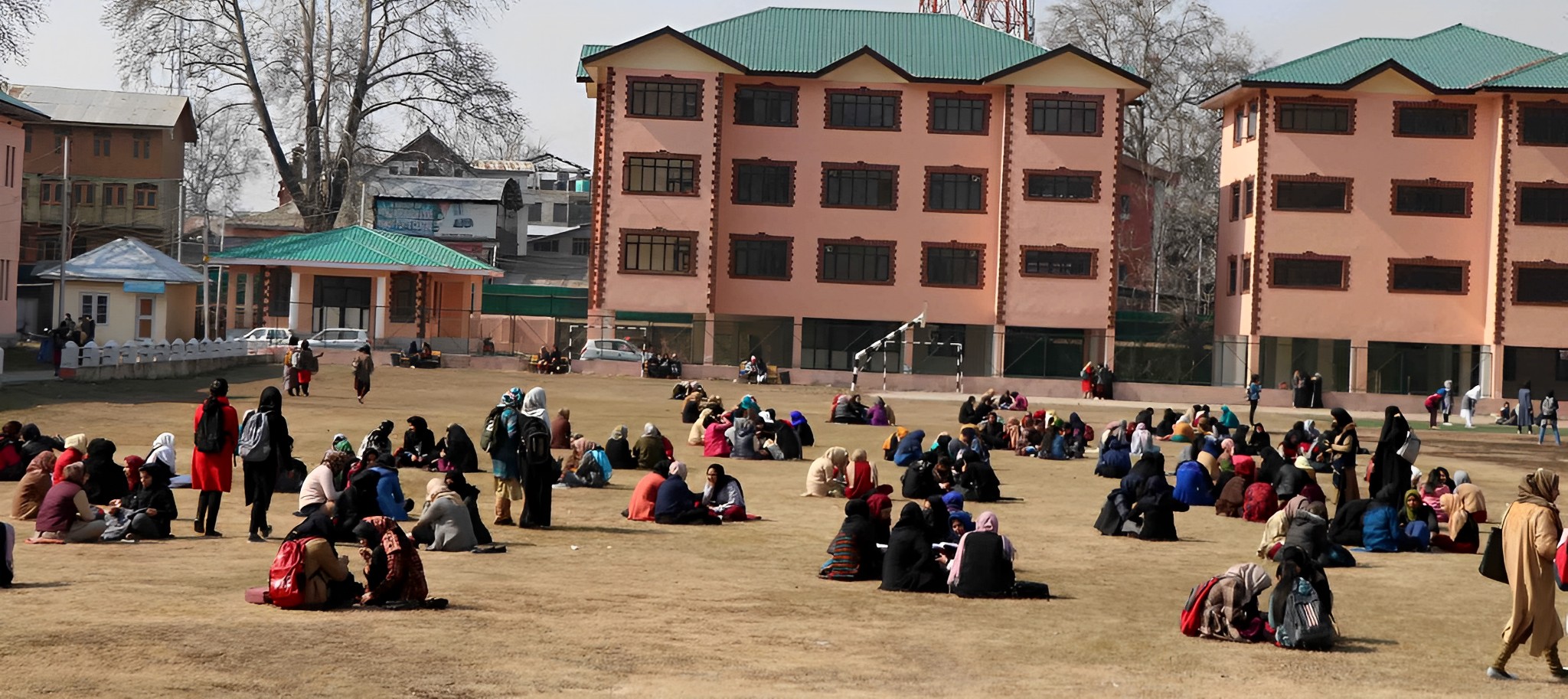
Sitting in a sunlit corner of a room, a young girl is holding an Urdu poetry book in her hands. As she turned the pages, her eyes caught sight of inscriptions left by her school friends. Though a pang of longing for their company arose within her, a hint of resentment in her gaze is visible. Afroza Khizar, a determined 19-year-old, had made a bold decision earlier this year. Despite achieving a good percentage of around 70 per cent in her twelfth board examinations, she chose to halt her further studies. Afroza was driven by the experiences of her older cousins, who had pursued higher education only to face joblessness or underemployment.
“I witnessed my older cousins with higher educational degrees, trapped in the cycle of joblessness and underemployment,” Afroza said, almost justifying her dropping out. “Their experiences made me question the efficacy of traditional education and drove me to seek an alternative path. While I am uncertain about the exact alternative path to pursue at the moment, I am certain that it lies outside the realm of traditional education.”
Her decision, however, is not unique. A couple of her friends have taken a similar path. The trend is visible in the Kashmir colleges, which are reporting a significant drop in admissions, reflecting the growing scepticism among students about the benefits of pursuing formal education.
Abysmally Low Enrolment
“It varies from college to college but the general observation is that the enrolments have taken a huge hit,” a senior Chemistry professor, serving a Srinagar College said. “In certain subjects, the admissions are yet to cross the single digit.”
Contact the college administration and tell-tale details get revealed. A quick analysis of the comparisons of the enrolment in some colleges showed a significant dip.
In 2022, the Government Degree College in Ganderbal had 1700 admissions and in 2023, it has fallen to around 700. Beerwa College had a fall from 493 to 311. In Sogam (Kupwara) the college got 513 in comparison to 689 in 2022. Khansahab College in Budgam enrolment fell from 300 to 167. In Handwara College the numbers nosedived from 963 to 577. A Woman College in Srinagar got 145 students in 2023 in comparison to 220 in 2022.
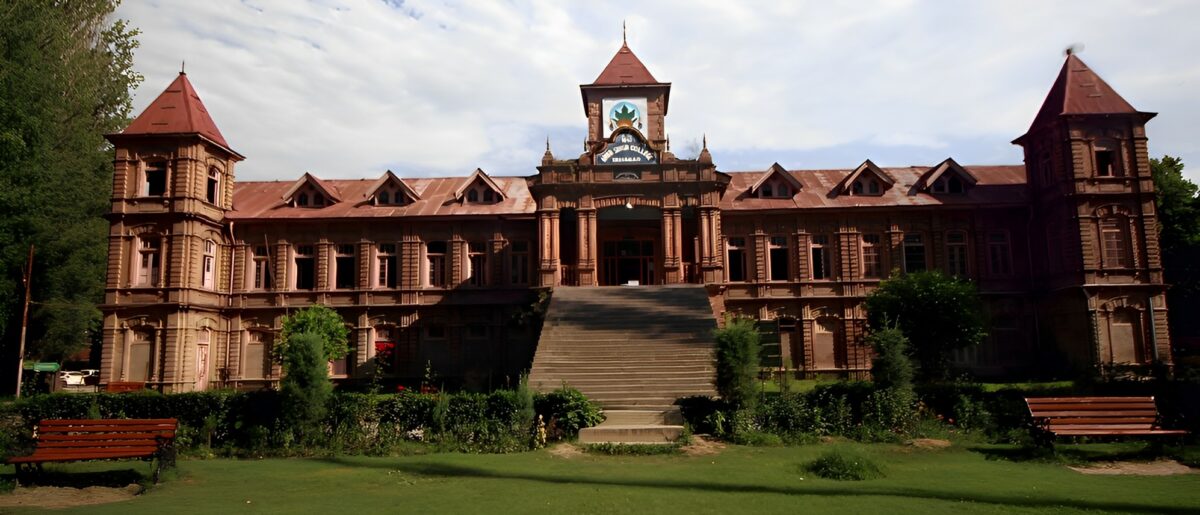
The high-ups in the higher education set-up are touchy and do not wish to share the data. This, insiders believe is because they feel they are also contributors to the staggering fall of 40.63 per cent in the admissions for the current session.
“It is perplexing,” admitted another college teacher. “We tried to understand the factors behind the trend but failed to locate a single reason for the historic drop.” However, the teaching community and the students offer a plethora of factors that might have contributed to the admission nosedive leaving the classrooms almost empty, if not deserted.
National Admission Test
For the first time in history, the National Testing Agency (NTA) announced the Common University Entrance Test (CUET) in Jammu and Kashmir in 2022. The introduction of CUET for undergraduate programmes has not worked well in the region.
Informed sources suggested that a total of 87,309 candidates were registered from Jammu and Kashmir for the CUET (UG) 2023. The number was more than the students who passed the twelfth class in Jammu and Kashmir – 82,441.
Students, however, were angry about examination centres being assigned to them outside their preferred cities. While some students did not receive any information about the new examination dates, others received the information the day before the examination was to be conducted. As a result, a number of students missed their examinations.
The Jammu and Kashmir government later announced that the students, who could not appear in the recently held CUET-2023 due to allotment of examination centres in distant towns and cities, shall be given an opportunity to take admission in subjects and colleges of their choice depending upon their twelfth class marks.
“A significant number of students who could not qualify for the test missed the notification which allowed them to take admissions, as a result, we are witnessing a significant plunge in the current session,” Prof Fouzia Fatima, Principal Government Degree College Ganderbal said.
Iqbal is a frustrated man. Employed in a private company, his daughter scored the best in the twelfth class and later in the CUET as well. “When the admissions were made public, my daughter was shocked,” Iqbal said. “She was admitted to a remote north Kashmir college and the subjects of her preference were changed arbitrarily.” For almost a month, the father-daughter knocked at the doors of everybody who, they thought, might be of some help. They also approached the media but could not do anything for them. As the tension overwhelmed them, the daughter even sought an appointment with a psychiatrist. It was much later that Amar Singh College came to the rescue of the girl and admitted her under the non-CUET category despite having a very high score on the CUET test.
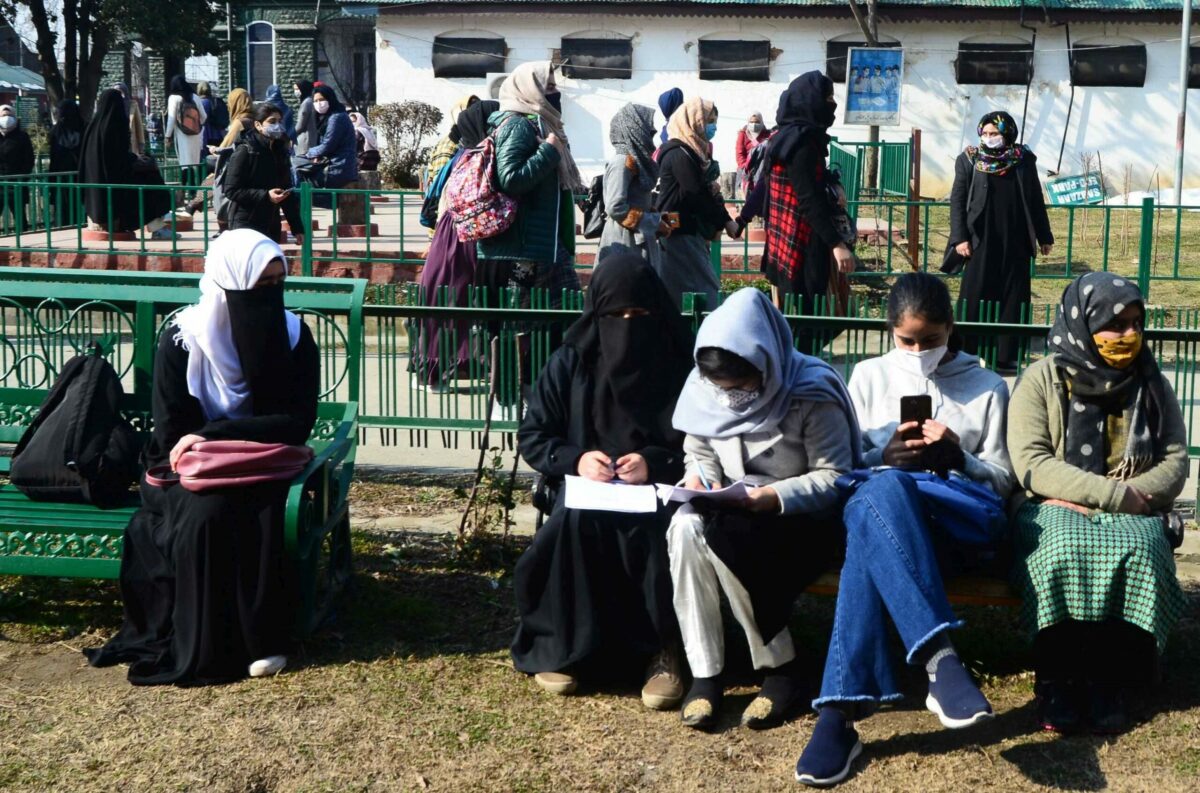
The low admissions are significant in subjects including Geology, Persian, Maths and Physics. “We plead students to change their subjects by pointing out the challenges of running a course with a couple of students,” one senior official in the education department said. “As a result, few subjects have witnessed zero student enrolment in various colleges.”
Admitted a senior science professor: “The core science subjects like Physics and Mathematics are no-go areas for the new generation. I do not know how this society will manage the immediate future.”
The Merit Cut
The twelfth-class examination is a major career milestone. A huge section of the parents and students decide about the future careers of their wards on the basis of the score they secure in this examination.
Nearly one thousand students who performed well bagged their berths in the medical schools across Jammu and Kashmir. There is no data available but it is presumed that almost 500 meritorious students who could not secure admission to the state-run medical colleges opted for studying MBBS in private institutions within and outside India. The medical college network in Jammu and Kashmir has an intake capacity of 1309 MBBS and AYUSH berths in addition to 208 BDS seats.
A good number of students are moving to various engineering colleges. An impressive number of students from the science stream have chosen to pursue paramedical courses. In Jammu and Kashmir’s state-run and private sector, there are nearly 3000 berths for nursing courses. There is a good number of students who wish to continue studies in specialised subjects like art, crafts, architecture and even highly technical subjects.
“This is not happening for the first time,” a college professor said. “This has been happening every year as a good number of students will go to the professional side. The colleges would still get the best numbers even after that.” But, not all technical institutions within Kashmir have full admissions. Reports suggest that one of Kashmir’s major engineering colleges is in a mess because it has not got even the minimum admissions this year.
Studying In Plains
Once upon a time the students in Srinagar would drive to Aligarh Muslim University and seek admission at the college level but now the trend has changed. Kashmiri students can be seen in almost all colleges across India. They are in AMU, DU, and JNU and down south. The most impressive numbers, however, are in Punjab and Haryana – the two neighbouring states, not far away from Srinagar.
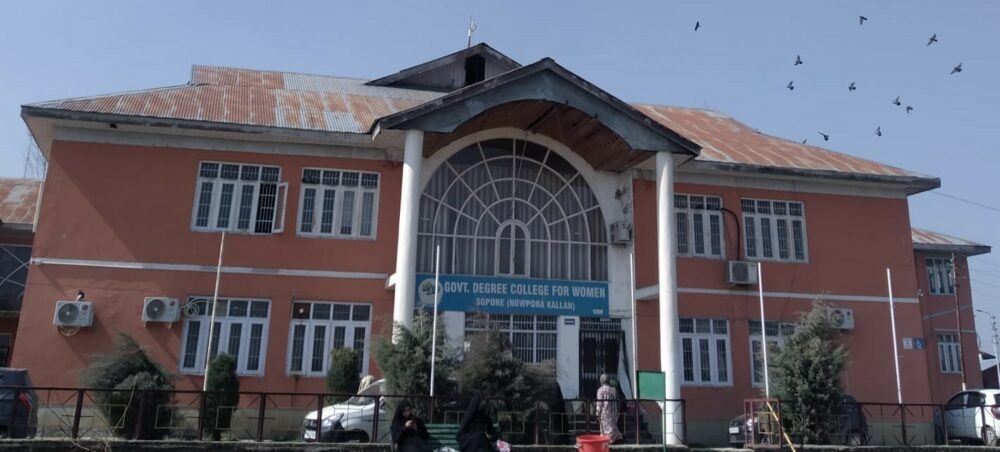
“In Punjab, we have colleges where there are quite a few from Punjabis and the rest are from Kashmir,” one journalist, who has relatives in Punjab said. “They find a slightly better environment for studies and these college owners know how to get the numbers from Jammu and Kashmir to keep the show going.”
“We are not in competition with them,” admitted a college principal. “They have branded their college and we live in an era where brands matter more. Some of them have placement cells, which we lack.”
That, however, is not the full picture. “Nobody in Jammu and Kashmir will admit but the fact is that we the teachers and the educational ecosystem have failed the student community,” one senior professor, who had put in more than 30 years to the higher-education said. “Go and ask students how much time they take to complete their six semesters for graduation. Students in Kashmir are yet to complete the sixth semester as their classmates who studied outside completed their graduation and are in the first semester of the post-graduation already.”
This year a number of students who had secured admissions in post-graduation classes at AMU and other universities had their admissions cancelled because the University of Kashmir did not offer them the results of the sixth semester.
Distance Learning
Off late, a significant number of students have shown a strong inclination towards enrolling in distance learning undergraduate programmes offered by both local and national universities. With the provision of 46 Learner Support Centres (LSCs) and 2-4 study centres in each district, along with a diverse range of 194 academic programmes spanning various fields, Indira Gandhi National Open University (IGNOU) has emerged as the favoured choice among students in Kashmir seeking distance education.
Distant mode of learning gives the student the freedom to earn if he or she wishes so.
Interestingly, however, the university also experienced a notable 24 per cent decline in enrolment for current undergraduate courses. According to data accessed by this reporter, IGNOU Regional Centre in Srinagar enrolled 2794 students in January 2023 in comparison to 7226 students they had enrolled in January 2022. However, the July 2023 admissions were slightly better – 7510 in 2022 and 8404 in 2023.
Online Courses
The job market has shifted its priorities. Employers treat the academic certificates as gate passes and prefer the skill set. This has encouraged a number of students to continue pursuing online studies, a norm that was dictated by Covid19 pandemic. Now there are institutions imparting training online and their certificates are recognised by the employers.
It has now emerged as a flexible and viable option for students, replacing traditional classroom settings. The accessibility and affordability of the Internet have played a crucial role in enabling this transition. For many students, the internet has replaced the classroom for many students. Some students in Kashmir are utilising the most accessible and cost-effective means available to familiarise themselves with the evolving educational landscape.
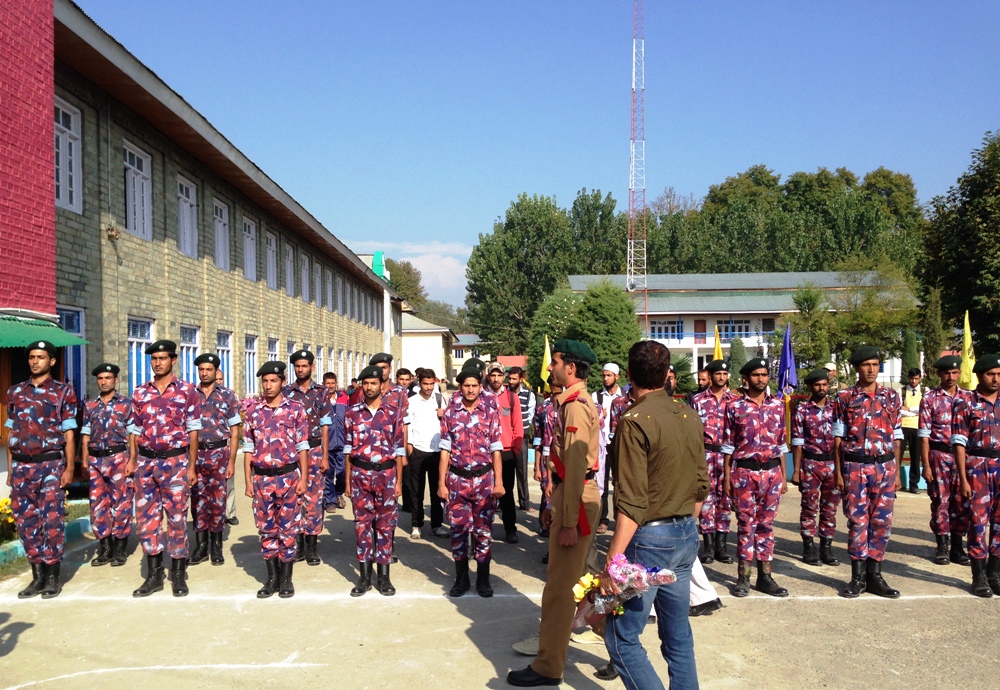
In Kashmir, courses like Artificial Intelligence (AI), Robotics, and Deep Machine Learning, which hold promise for a prosperous future, have garnered significant interest in new generation students. However, the existing educational system lacks opportunities to pursue such courses, leaving them with no choice but to venture beyond the traditional classroom setting and seek online alternatives. An engineering student gave up his degree as ethical hacking gave him what he would have aspired for years – money, status and fame.
“The absence of these cutting-edge courses within the established curriculum has compelled students to explore online platforms as a means to acquire the knowledge and skills required in emerging fields,” economic affairs commentator, Ejaz Ayoub said. “This shift reflects their determination to stay relevant and be equipped for the evolving job market. By taking online courses, they are proactively seeking avenues that are not readily available through traditional educational channels.” But how many are into online studies?
Content Creators
The Industrial Revolution 3 and 4 came so fast that it changed the economic situation worldwide. Though the best of these revolutions is too inaccessible for areas like Jammu and Kashmir, a section of new generations sees an opportunity in content creation. Off late, people consume too much content and the worst makes the best
In recent years, there has been a significant surge in the number of content creators. Too many boys and girls as young as 12 have thrown their hats into the YouTube and Facebook rings. A generation of makeup artists, Vloggers, singers, and stand-up comedians, have emerged and have created their own space. Even a huge group has started pushing the formal media to the wall. Their numbers are very low and may not be a contributing factor to the admission nosedive. However, it indicates a trend.
A professor at a government college in central Kashmir admitted the trend. “I have noted a significant number of students actively engaged in content creation and those not creating anything are dedicated consumers,” he said. “The attendance in colleges is as concerning as the drop in admission rate. Students have lost interest in their studies. We often go days without delivering lectures because the classrooms are empty. Our students need to understand the importance of education while they keep pace with the ever-changing world dynamics of entertainment.”
Whither Jobs?
In Kashmir, education has mostly been linked to a job. The drying up of jobs in the private and public sectors had added to the frustration of the new generation, a section of whom does not wish to study further.
By March 2023, Jammu and Kashmir has the third highest unemployment rate in India – 23.1 per cent, as per the Centre for Monitoring Indian Economy (CMIE). Recent data reveals that around six lakh educated individuals in the region remain unemployed, exacerbating social and economic challenges. Based on an extensive survey conducted by the Department of Employment in collaboration with district administrations, as of May 31, 2022, there were 663,511 unemployed youth in Jammu and Kashmir.
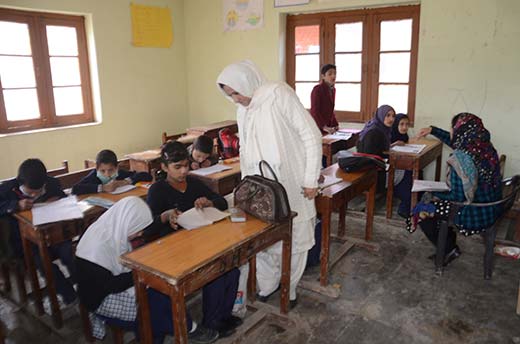
Official recruiting agencies have a limited number of positions available for recruitment. The process got delayed in the case of Jammu and Kashmir Service Selection Board (JKSSB), responsible for non-gazetted recruitments as it got embroiled in scandals and corruption issues. Though the process of selection has resumed, the pace is sluggish.
“It’s disheartening to see corruption overshadowing the chances for a better future,” Ifrat Rashid, a job aspirant said. “I feel betrayed by the system that was meant to open doors of opportunity. I keep strongly advising the younger ones in my family to steer clear of the JKSSB recruitment process.” Right now 24 persons have been booked in the JKSSB scam by the CBI.
For people who were unable to get government jobs, there was always an option for landing some low-paid job in the private sector. This is no longer an option as the economy is grappling with its own issues.
Economic Downturn
The overall economy across the country is said to be under pressure. The situation in Jammu and Kashmir is more dire than that. While public spending has shrunken, not many new jobs are around, the liquidity crisis is a perpetual issue, the inflation has put too much pressure on families. Experts said the purchasing power of consumers has taken a huge hit.
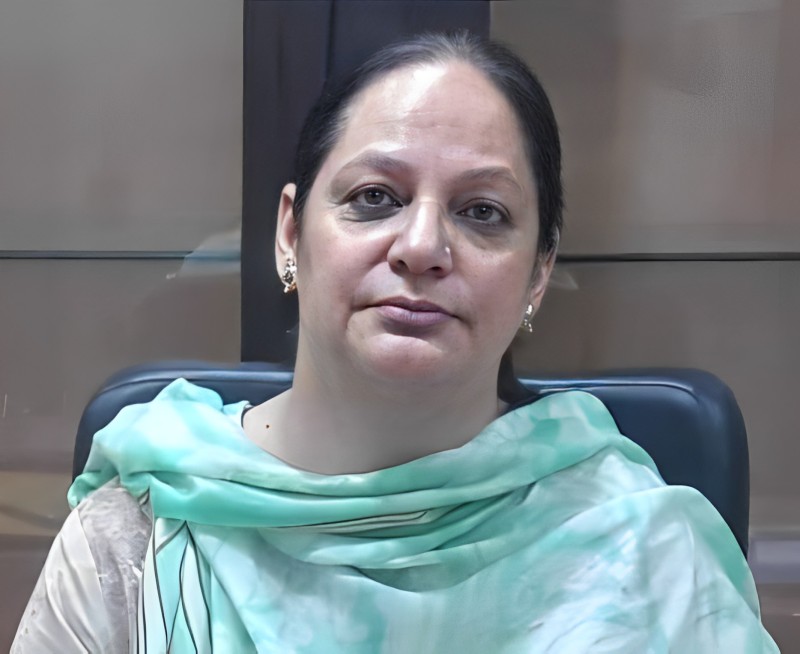
According to the latest data from the Reserve Bank of India (RBI), household financial assets, which include bank deposits, cash, and equity investments, relative to gross domestic product (GDP), decreased from 7.2 per cent in the previous fiscal year to 5.1 per cent in the fiscal year that ended in March.
This information follows the release of the flow of financial assets and liabilities of households by the RBI in its September bulletin, which raised concerns about the declining share of net financial assets held by households in GDP. In FY 2022-23, the share decreased to 5.1 per cent from 7.2 per cent in FY2021-22 and 11.5 per cent in FY-2020-21.
“The savings and the fall in earning will not impact the higher studies in state-run colleges because these cost too little,” one college teacher explained. “The real apprehension is that the economic tensions might be pushing parents to get their wards to support the family and do something that will appreciate the family income.”
No Takers in PG Courses
Universities in the Kashmir region find themselves amidst a pressing predicament as they face the challenges of alarmingly low admission rates, leading to a significant number of vacant seats in various departments. The University of Kashmir has now taken the step of extending the admission process for the 2023 session, spanning a remarkable five months, as they strive to entice students to fill these vacant positions. The university has actively notified candidates for counselling sessions, aiming to bridge the gap between available seats and interested applicants. The university has also opened enrolment for spot admission in self-financed quota slots across different departments.
Statistics available suggest a staggering 124 vacant seats in different PG departments within the university’s main campus at Hazratbal, Srinagar. Its Institute of Technology Zakura campus has 45 unoccupied seats, whereas the North Kashmir campus reports 32 vacant positions. The situation is undeniably dire in the South Kashmir campus, where a staggering 111 seats lay unclaimed in various PG departments. The Central University of Kashmir (CUK) has continued its open admission strategy for the second consecutive year.
How this situation will unfold in the near future? Nobody knows.
(Kashmir Life regrets the absolute non-cooperation that the higher education department officials exhibited in (un)making of this report.
All photographs used in this report are used for representational purposes only.)
















It was bound to happen. The way they treated PhD/ Postdocs in colleges and universities( contractual faculty)was bound to discourage and demotivate the students from pursuing higher education. They tried to save pennies by cutting the throat of highly qualified youth and in return theu are loosing dollars in abundance.